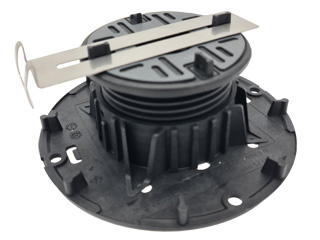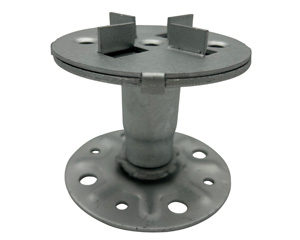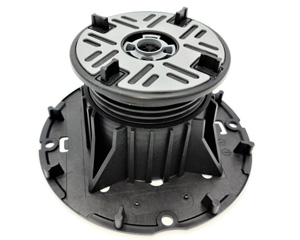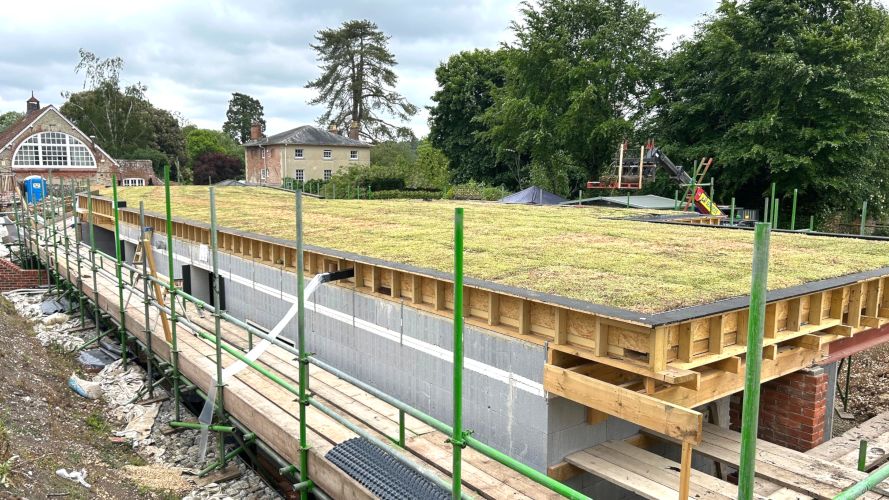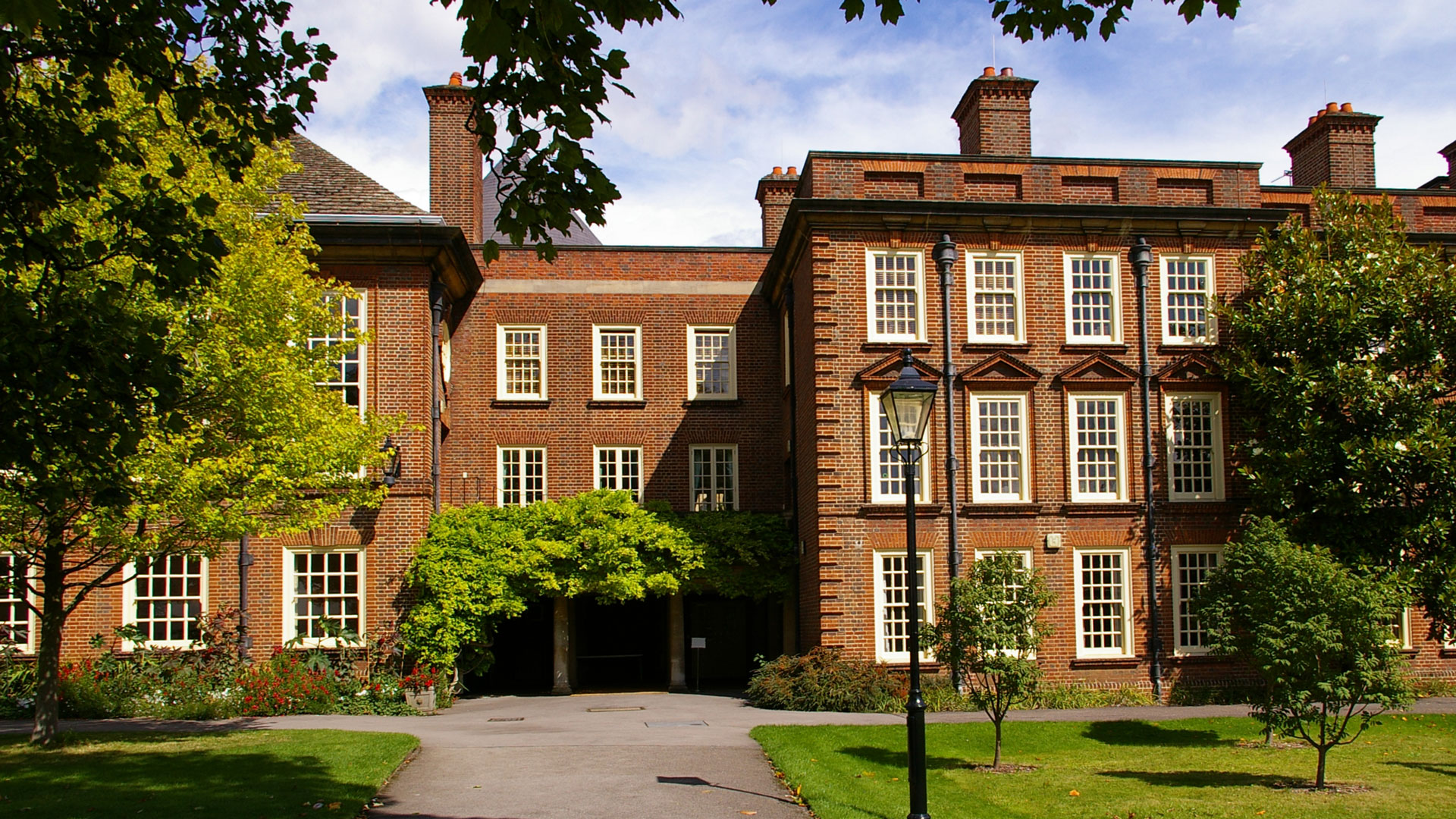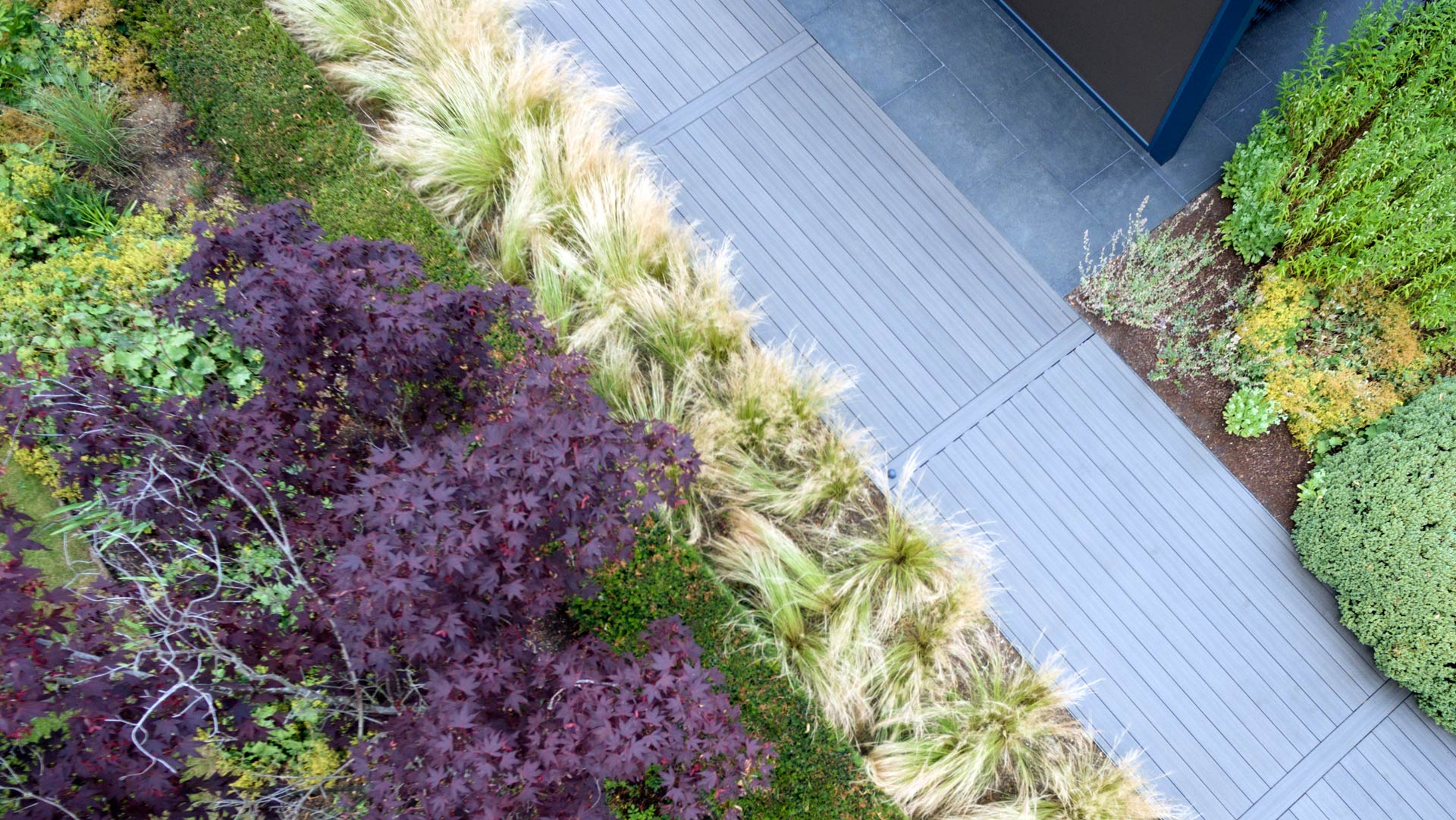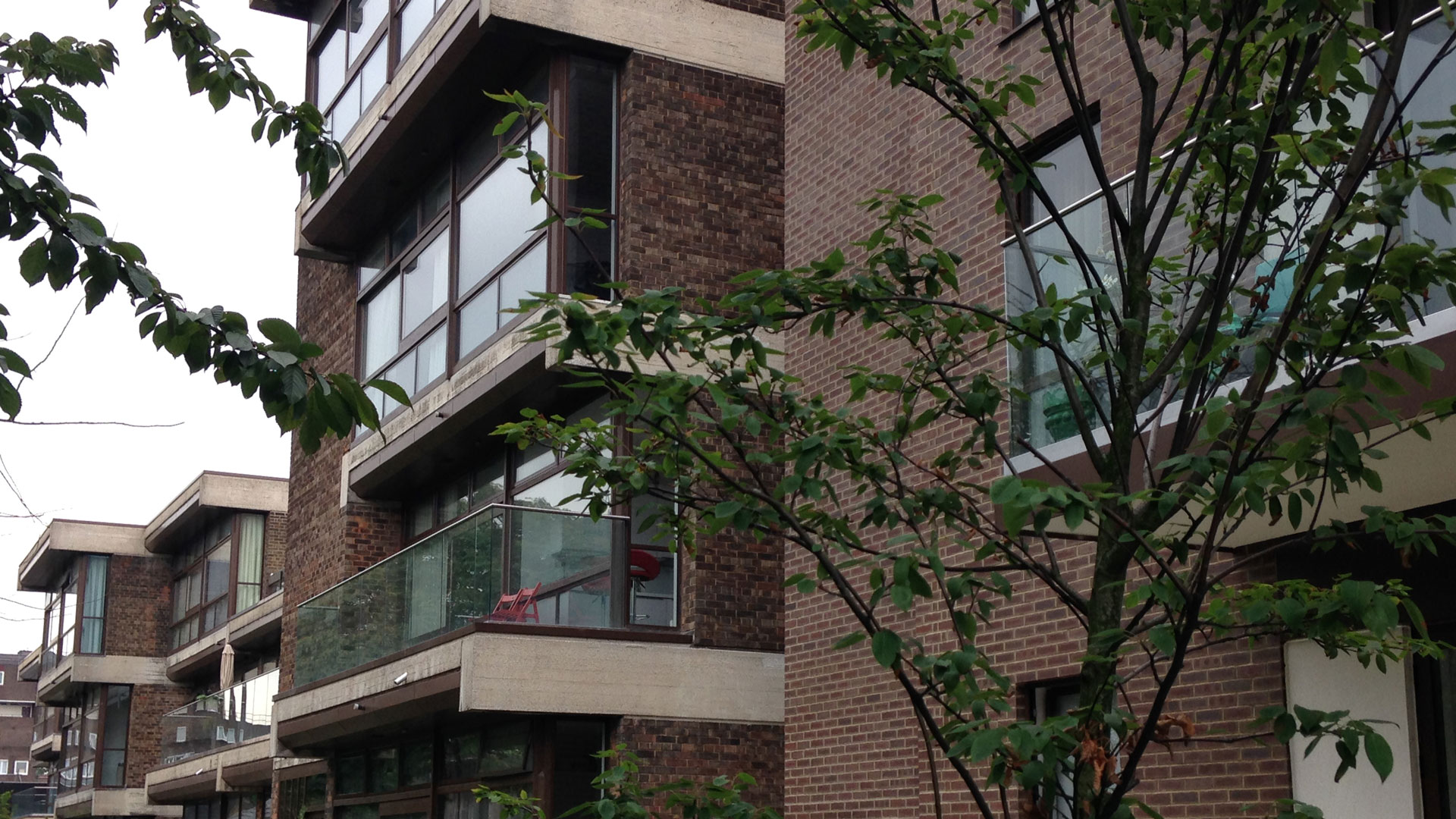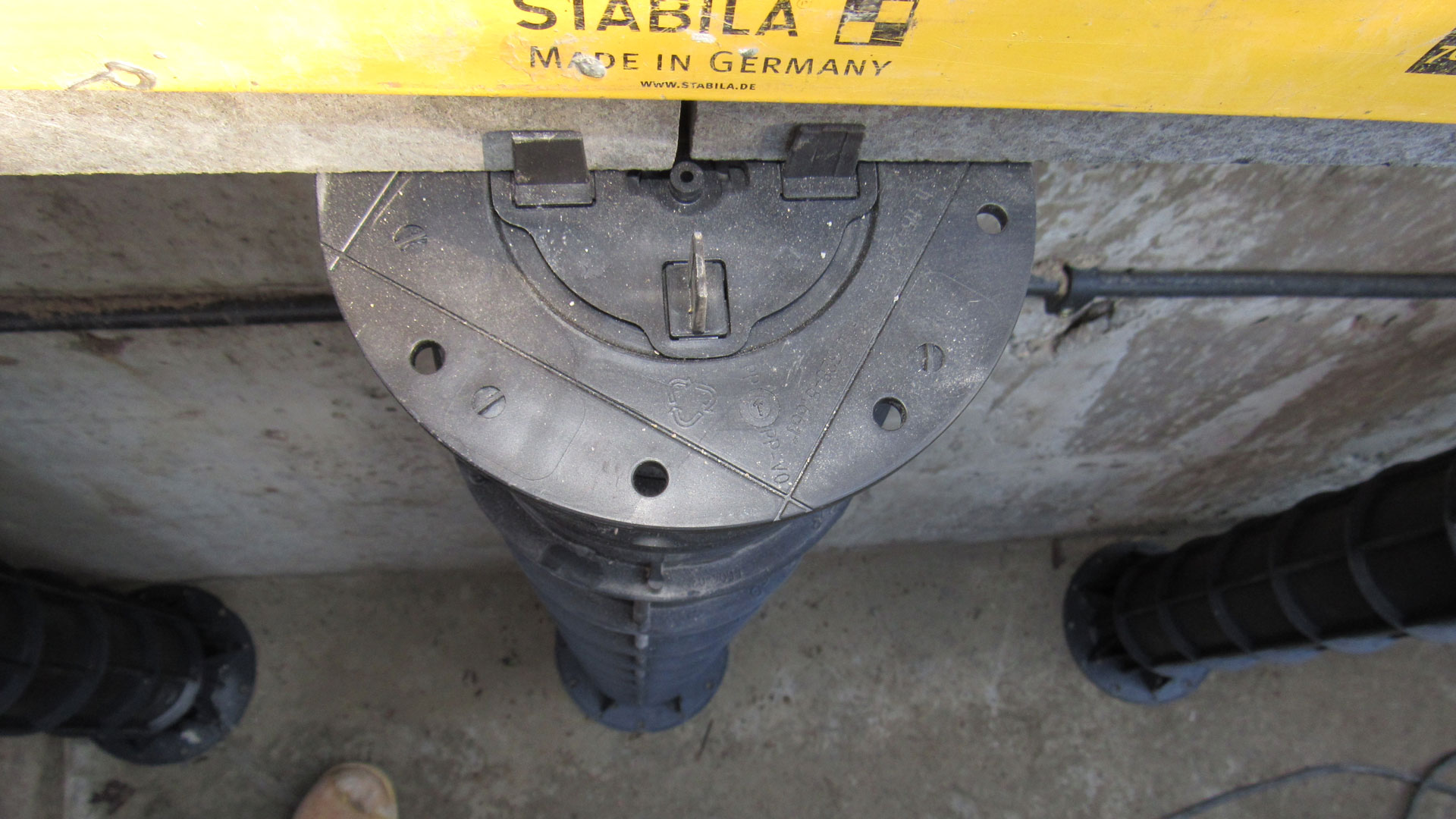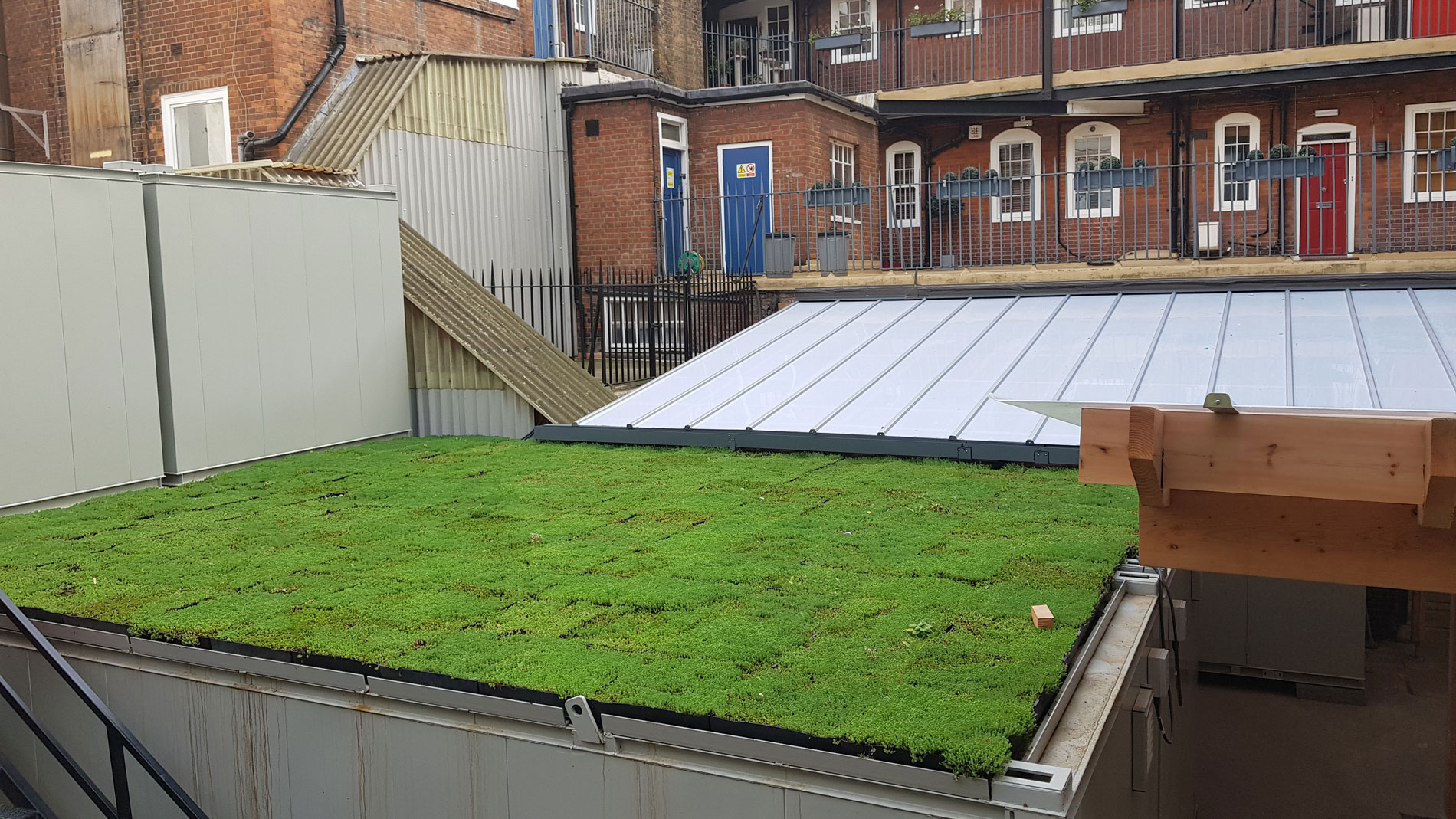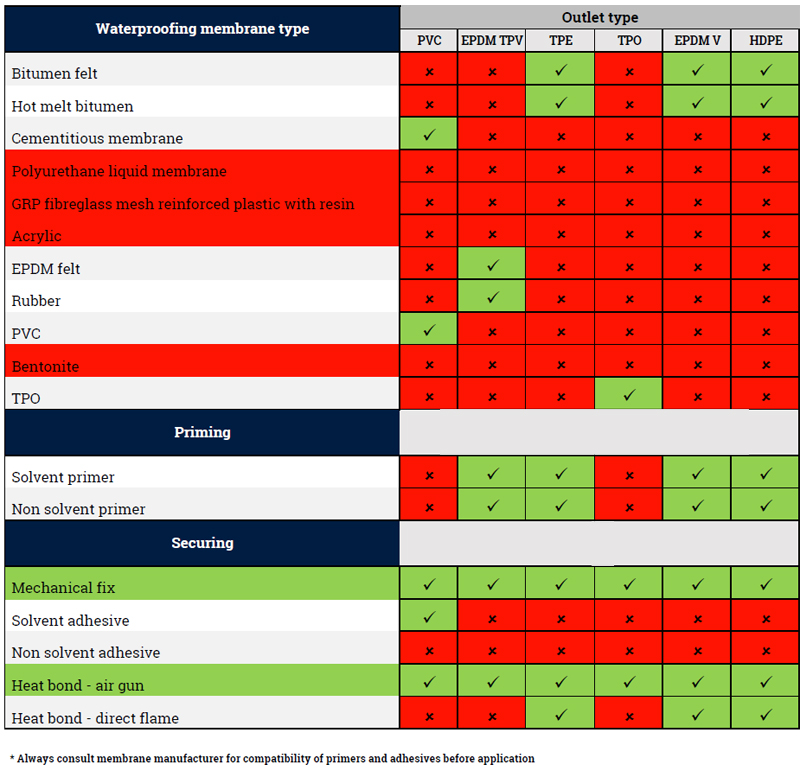A construction wave is underway in our cities and it is usually done through densification, which in many cases causes green spaces to disappear in the city. In order to have a sustainable and resilient city, we must bring nature into the city in different ways. Large empty roof surfaces can be used and be a part of the solution. However, there are many property owners who opt out of a green roof in favour of photovoltaic panels and other renewable energy technologies.
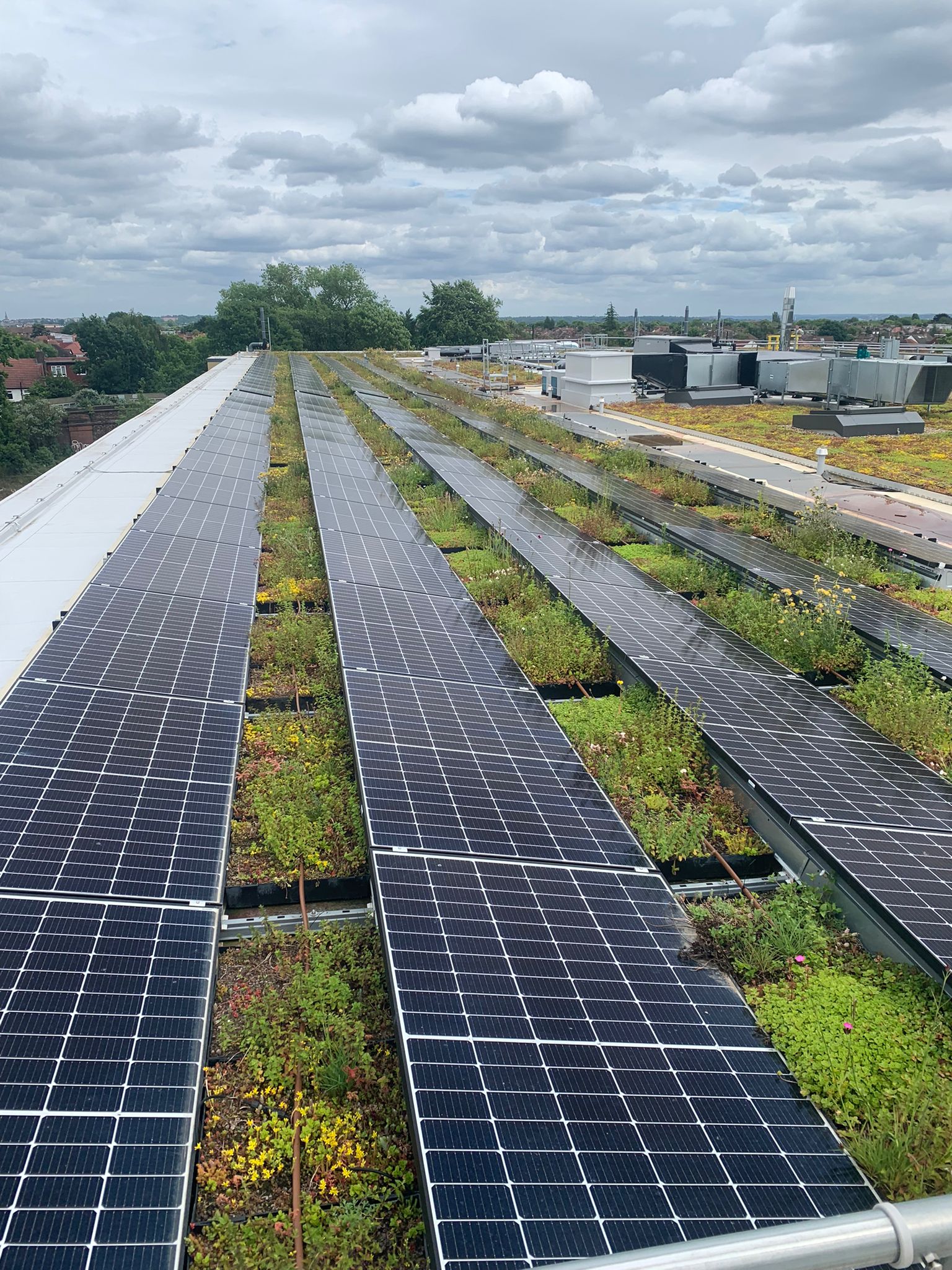
By combining renewable technology and nature-based solutions in innovative new ways, interesting synergy effects are created resulting in a more sustainable city and better use of roof spaces. When green roofs and photovoltaic panels are combined on the same roof surface, we get a system that can provide climate-smart electrical energy and contribute to valuable ecosystem services such as biodiversity, stormwater retention and detention, and temperature regulation. With a holistic design approach, the roofscapes can also have great experiential value.
Creating Both Ecosystem Services and Green/Renewable Energy
In a dense city, many functions must fit into a limited area. Here the roofs can become a valuable resource that can make space for both developing the city’s green infrastructure as well as producing local renewable electric energy. When photovoltaic panels are combined with green roofs, we can see many synergistic effects. Both technologies work to reduce climate change and adapt to its effects.
When properly designed, green roofs have the potential to contribute to important ecosystem services, such as biodiversity and stormwater management. Especially if the roofs can work in connection with the surrounding green infrastructure. We need to produce local climate-smart electrical energy to make cities more self-sufficient and less vulnerable to energy crises. But if we solely put photovoltaic panels on all roofs, it can result in so-called “heat island effects” that occur around dark and hard surfaces [1]. During heat waves, the urban heat island can create risks for the health and well-being of the residents. This situation can be balanced when solar panels are combined with rooftop vegetation that through its evapotranspiration process, cools down its environment. When cooled down, the solar panels also increase their efficiency of electricity production. The photovoltaic panels shade the vegetation providing them with better drought resistance during dry periods. Besides ecosystem services and energy production, the green roofscape can also provide beauty and cultural expressions with aesthetic and recreational qualities.
Green Roof Vegetation and Photovoltaic Panels (PV)
The type of vegetation system installed on a roof is fundamental for how the surface can be used but also for the roof’s ability to deliver ecosystem services (Ode Sang, 2022). This is also the case when combined with PV panels. Most of these values are connected to the ability of the vegetation layer to store and retain water which in turn is dependent on substrate thickness and composition. A thicker substrate on the roof can support plants with higher water use as compared to thinner profile roofs. Thicker, water-holding substrates increase the survivability of more plant species, i.e., roofs with substrate thickness above the most extensive type systems generally allow for more plant biodiversity.
Combining photovoltaic panels with green roofs is a good idea but certain issues must be kept in mind [2]. All roof vegetation needs to be maintained and this is increasingly important in a combined installation. Tall growing plants can reduce energy production through shading PV panels, and may also damage panels if left uncontrolled. This is particularly a case when woody plants become established. Panels that are installed horizontally or inclined will catch and channel water to the drip line of the panel and thereby increase water availability in this part of the roof. Increasing water availability will stimulate growth and allow taller growing plants. During the design phase, this must be taken into consideration and mitigated through proper use of substrate quality, reduced thickness under the drip line and by using drainage boards to channel the collected water to other parts of the roof [3].
For the full article, please click here.
References
[1] Sailor, D. J., Anand, J., & King, R. R. (2021). Photovoltaics in the built environment: A critical review. Energy and Buildings, 253, 111479. https://doi.org/10.1016/j.enbuild.2021.111479
[2] Shafique, M., Luo, X., & Zuo, J. (2020). Photovoltaic-green roofs: A review of benefits, limitations, and trends. Solar Energy, 202, 485–497. https://doi.org/10.1016/j.solener.2020.02.101
[3] Bernd Vogl, Stefan Sattler, & Kristina Grgic (Eds.). (2022). Solar Energy Handbook—Guidance on Combining Solar Technology with Green Roofs & Vertical Greening Systems (p. 68). Media owner and publisher Vienna Municipal Administration, Municipal Department 20 – Energy Planning. www.energieplanung.wien.gv.at


